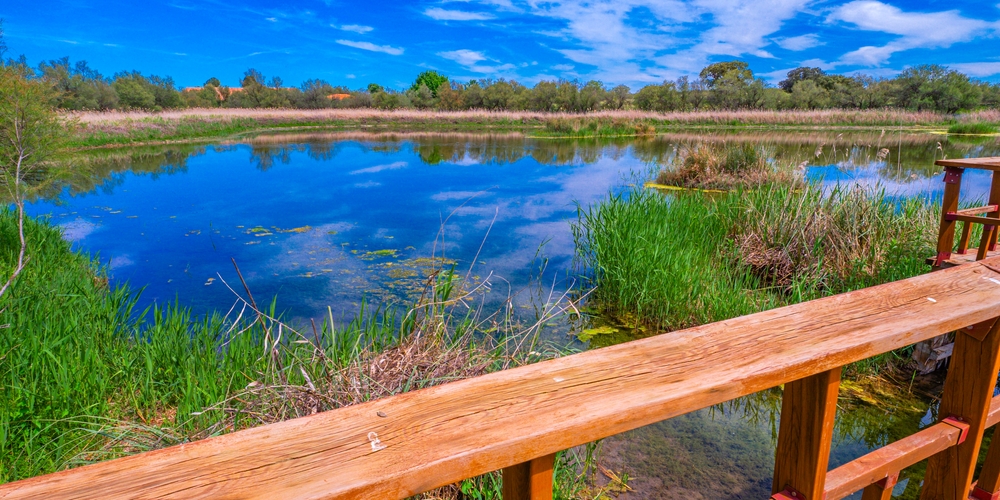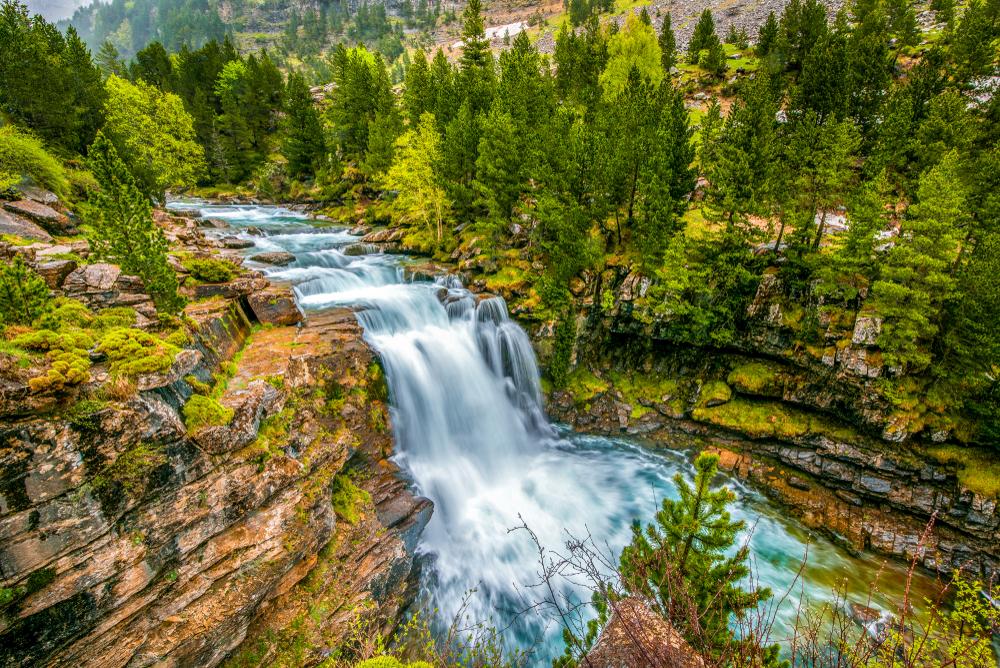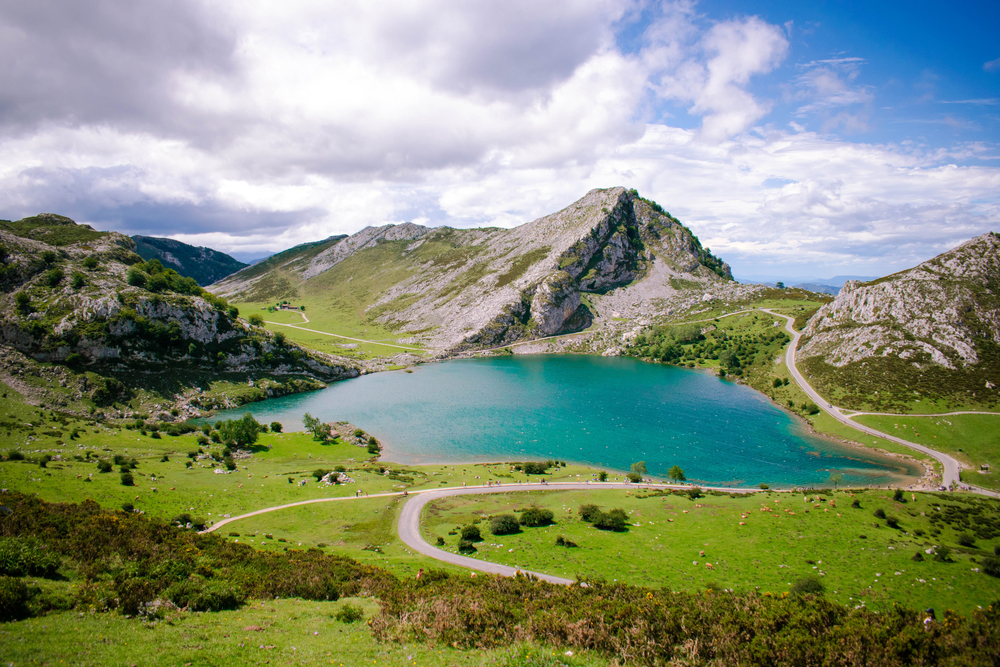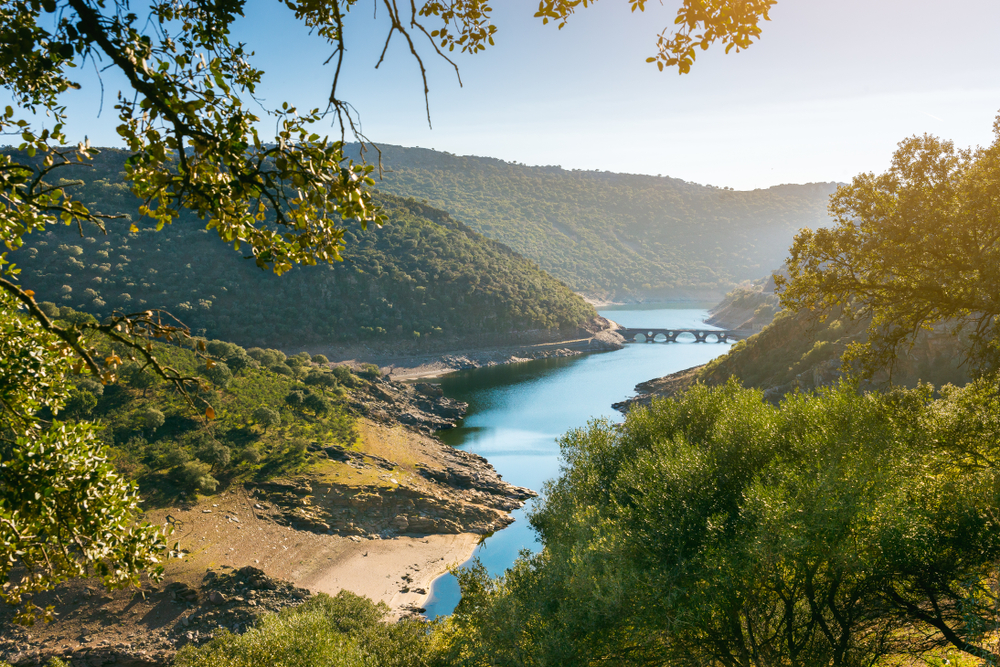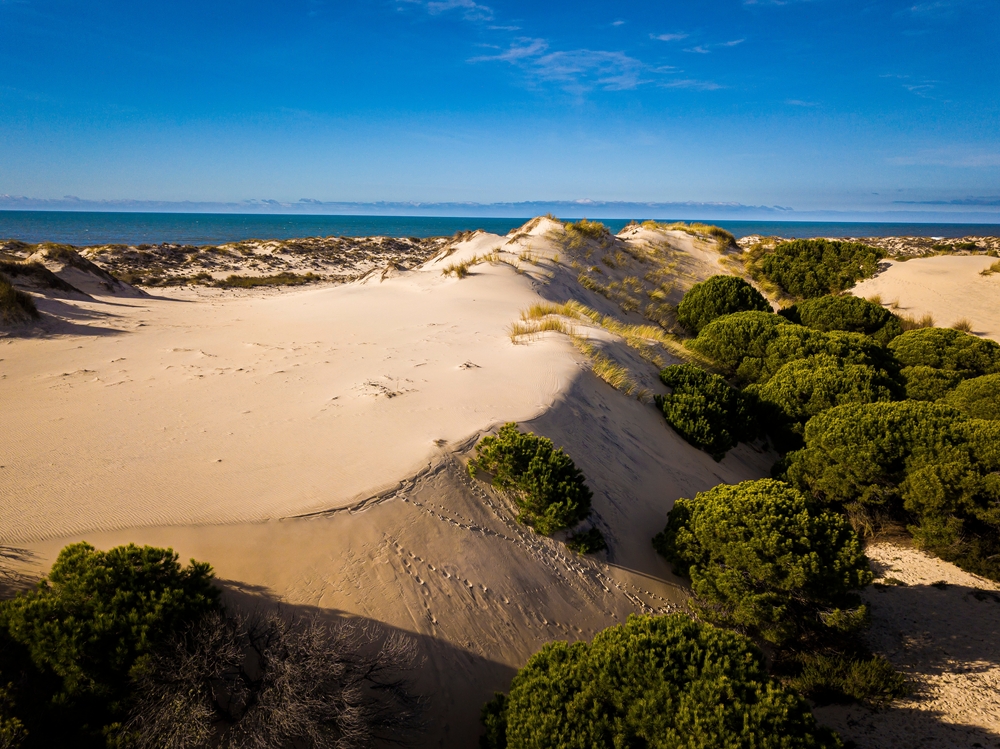Tablas de Daimiel Overview
Tablas de Daimiel National Park, or Parque Nacional de las Tablas de Daimiel in Spanish, is a protected wetland located in the province of Ciudad Real, in the autonomous community of Castilla-La Mancha, Spain.
Covering an area of approximately 7.74 square miles (20.2 square kilometers), this national park is one of the last remaining examples of Spain’s once-extensive floodplain wetlands. It is part of the La Mancha Húmeda Biosphere Reserve, an essential ecosystem for migratory birds and aquatic life.
The park is primarily fed by the Guadiana and Gigüela rivers, forming a unique and fragile wetland system known as “tablas,” or shallow floodplains, which result from the overflow of these rivers. The landscape is dominated by reed beds, rushes, and tamarisk trees, providing a habitat rich in biodiversity.
The terrain of Tablas de Daimiel is characterized by its vast, low-lying plains, where seasonal flooding creates a mosaic of interconnected marshes. The park is home to extensive vegetation that thrives in the wetland environment, including bulrushes, sedges, and water lilies.
The mix of freshwater and slightly saline waters supports a delicate ecological balance, with areas of dry steppe surrounding the wetlands. These contrasting environments make the park a crucial refuge for flora and fauna that have adapted to both wet and arid conditions. Throughout the seasons, the park’s water levels fluctuate, which affects the distribution of plant life and the availability of food for the animals that depend on the wetlands.
Tablas de Daimiel National Park is a critical stopover for migratory birds traveling between Europe and Africa. It is a haven for birdwatchers, offering sightings of numerous waterfowl and wading birds. Key avian species include the purple heron, black-winged stilt, squacco heron, and the Eurasian bittern, which thrives among the dense reeds.
The park is also home to the globally threatened white-headed duck and large flocks of mallards, greylag geese, and northern shovelers. Mammals such as otters, wild boars, and European rabbits inhabit the park, while amphibians and reptiles, including the European pond turtle, thrive in the water-rich environment. The presence of fish species such as barbel and carp also supports the ecosystem’s complex food web.
Visitors to the park can explore a range of features that make it an ecological and recreational treasure. The Isla del Pan trail is one of the most popular walking routes, providing raised wooden walkways that allow visitors to traverse the wetlands without disturbing the fragile environment.
Observatories and lookout points are strategically placed throughout the park to enhance wildlife viewing opportunities. The Centro de Visitantes, or visitor center, provides educational exhibits about the history, flora, and fauna of the park. Many visitors engage in birdwatching, photography, and guided tours led by experts who explain the park’s ecological significance. Canoeing in permitted areas and seasonal educational programs further immerse visitors in the park’s unique ecosystem.
Despite its ecological importance, Tablas de Daimiel faces significant conservation challenges. Excessive water extraction from aquifers, agricultural irrigation, and prolonged droughts have threatened the wetland’s survival, leading to periods of severe desiccation. However, restoration efforts, including artificial water pumping and habitat management, have helped revive parts of the ecosystem.
Conservation initiatives continue to focus on sustainable water use, habitat restoration, and awareness campaigns to protect this critical habitat. The park remains a symbol of Spain’s efforts to preserve its natural heritage while balancing human activity and environmental sustainability.








































































